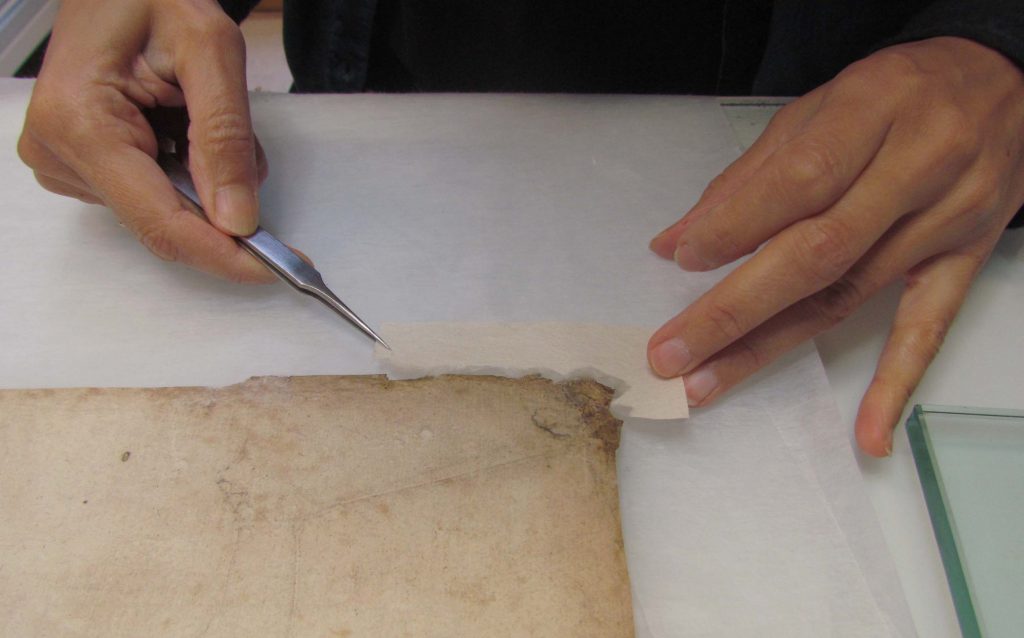
Next – its time to divide, folder and label (yep, that exciting!) - this will protect fragile items and also make it easier to find certain sheets. (17)

Keep Current with National Library of Ireland
This Thread may be Removed Anytime!
Twitter may remove this content at anytime, convert it as a PDF, save and print for later use!

1) Follow Thread Reader App on Twitter so you can easily mention us!
2) Go to a Twitter thread (series of Tweets by the same owner) and mention us with a keyword "unroll"
@threadreaderapp unroll
You can practice here first or read more on our help page!